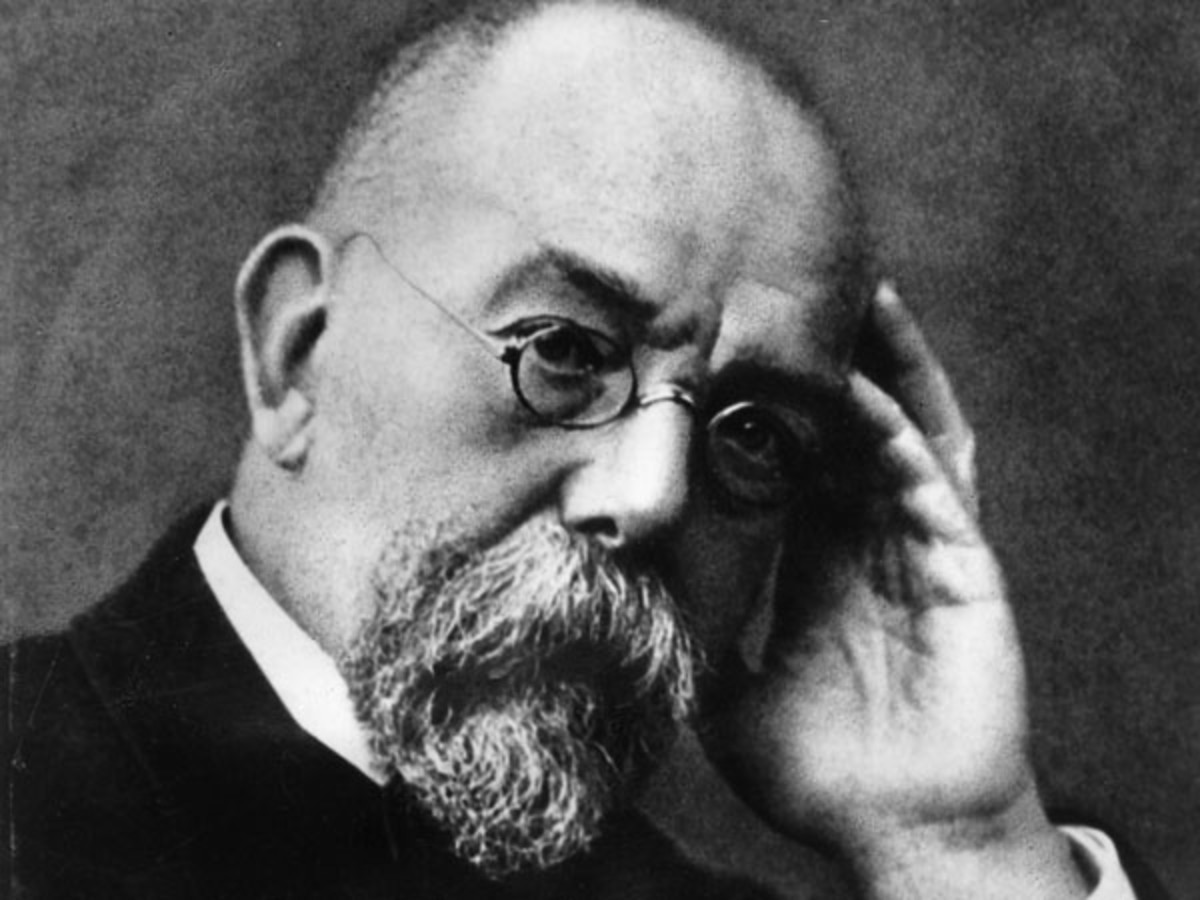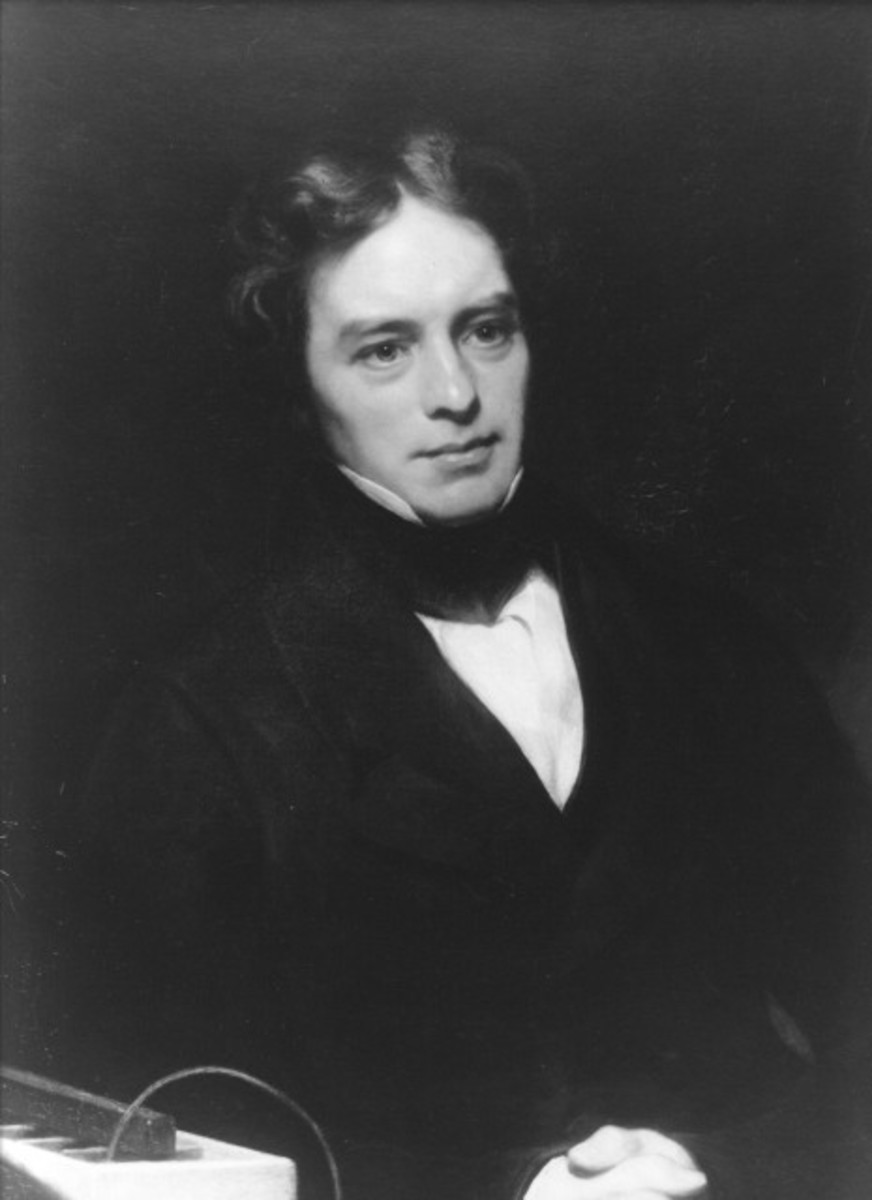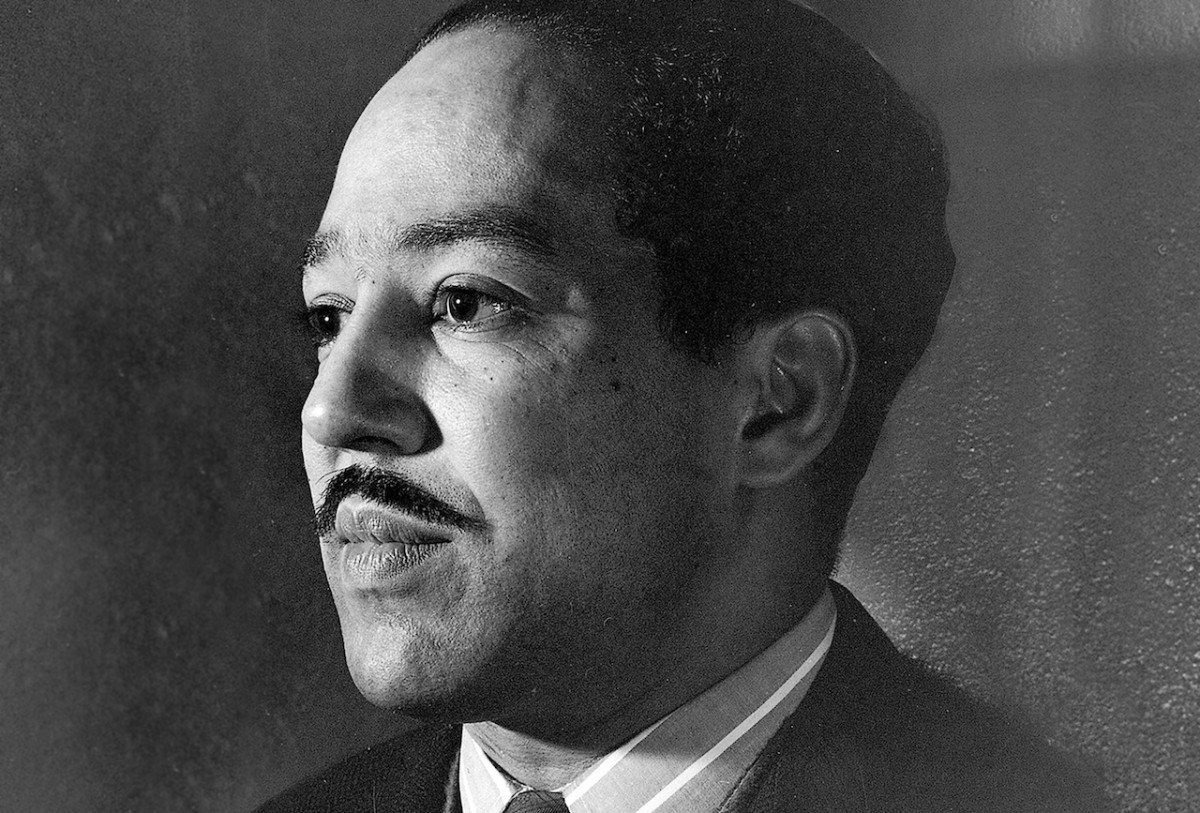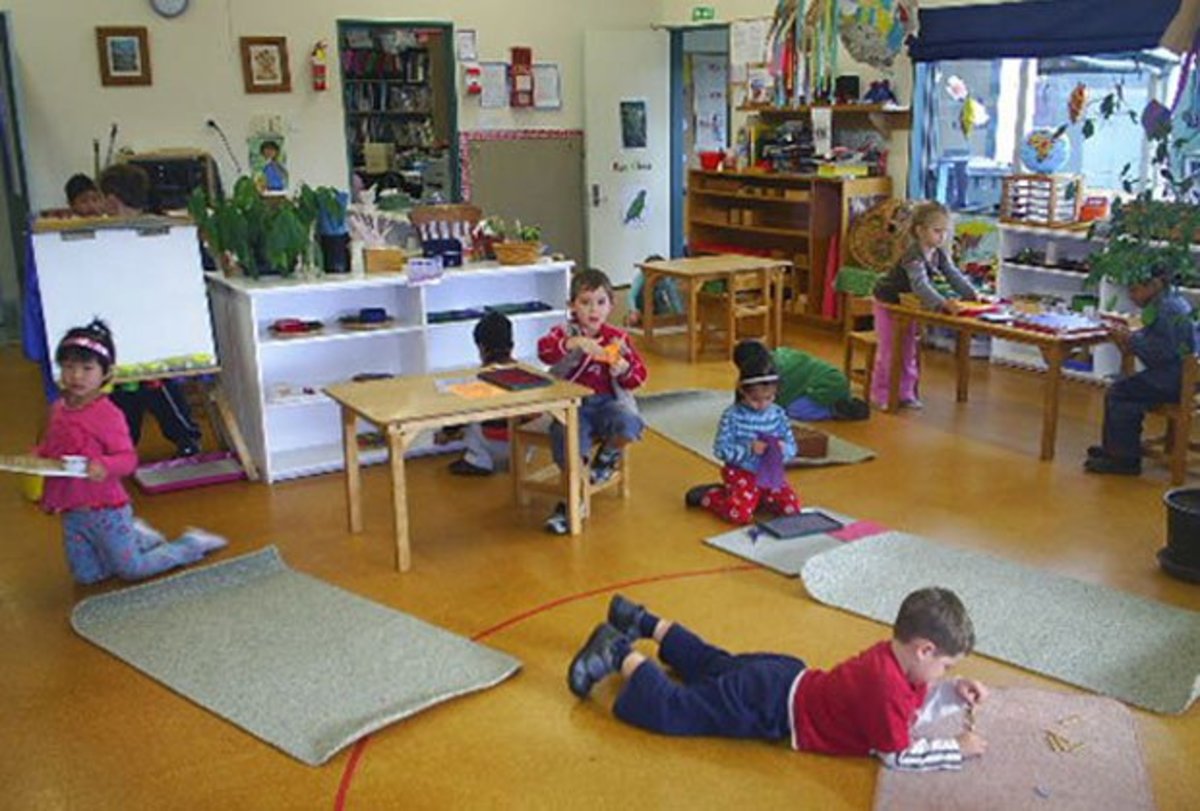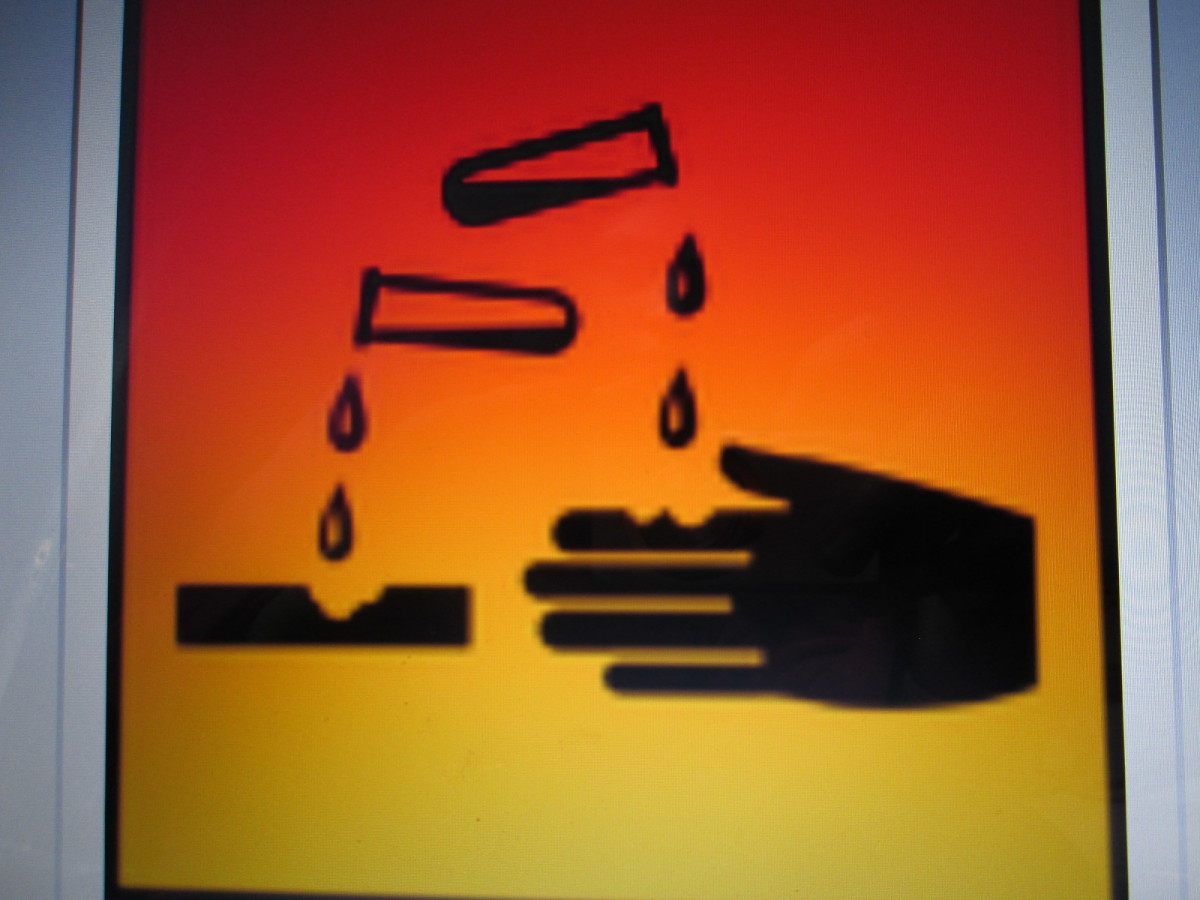Marie Curie: A Biography of a Scientist Series
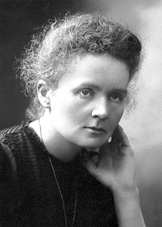
Early Life
Marie Curie, discoverer of the radioactive elements Polonium and Radium, was born on November 7, 1867, as Maria Sklodowska in a Russia occupied Warsaw, Poland. She was the fifth and youngest child of Bronislawa and Vladislav Sklodowski. Maria experienced two serious losses at a young age. At the age of eight Maria’s oldest sister Zosia would died from typhus she caught from one of several student boarders her parent took in for extra money. Then two years later her mother would loose her five year battle to tuberculosis. Her mother was only 42 at the time of her death.
Despite all the hardships her family endured, Maria graduated with high honor from her high school at 15; receiving a gold star from the grandmaster education in Russian Poland. After graduation she wanted to continue her education at a local university but women were not allowed to attend the men-only University of Warsaw in Poland. At that time The Medical and Surgical Academy was the main school in the university and by 1915 women made up only 10 percent of the student population in the university. Since women were not allow to enroll in the university Maria and her sister eventually joined a group of young women and men to obtain their education at night in an illegal underground university appropriately called “Floating University” or “Flying University”. The women changed their locations frequently during this operation to elude the Polish authorities. This secret operation continued from 1885 to 1905.
Unfortunately, the quality of education Maria received through the Floating University was not on the same level as that of what others were receiving in the major universities in Europe. Maria, now 17, and her sister Bronya decided to work for the benefit of each other to pay Bronya’s tuition to attend a school in Paris and Bronya would pay her tuition after she finished school. Maria spent two years working as a private tutor to children from wealthy families to earn money but she did not do well in saving it.
Despite this setback, Maria continued to work as a well-paid governess to a wealthy agriculturist for the next three years to pay her sister’s tuition. It is here where she would meet her first love, Kazmierz Zorawski, the oldest son of her employer. Even though he wanted to marry her the marriage did not occur because his parents were against the union.
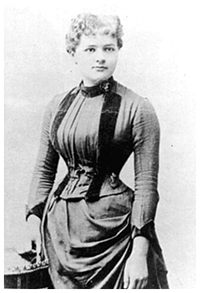
Maria returned to Warsaw in 1889 and continued working as a governess. By now her father’s financial situation had improved and he would be able to pay her tuition to begin studies at the University of Paris, one of the earliest school to be established in Europe. But before leaving for Paris Maria had a person problem to deal with. She did not have any real laboratory experience. Fortunately, with help from her cousin, Joseph Boguski, who ran a laboratory for training future Polish scientists. She finally received training in a real lab sitting doing real established experiments. Marie was now ready for her trip to Paris most famous school.
In Paris as a Student Then a Scientist
She arrived in Paris in November of 1891 as Maria and enrolled as a student with the familiar name Marie, the French equivalent of her name. When she arrived in Paris Marie initially lived with her sister Bronya for awhile until she found a closer place in the Latin Quarter near the university.
Marie knew she was not adequately prepared to take on the rigor of university level studies but she managed to become proficient in technical french, math and physics to obtain her master’s of science degree in physics in 1893 and a second master’s degree in math in 1894. While pursuing her math degree she was commissioned by the Society for the Encouragement of National Industry to study the magnetic properties of different steel as related to their chemical composition.
Marie needed a lab to do her work. She found one through a Polish acquaintance who introduced her to Pierre Curie. Coincidently, he had made a name for himself in the area of magnetism and his studies on crystals and had a lab available for her to work in. Marie and Pierre work on the project together until it was finished and in July 1895 they were married.
That same year two scientists, Wilhelm Roentgen and Henri Becquerel, discovered X-rays and ray emanating from uranium, respectively. Marie would spend the rest of her life studying these mysterious rays emanating from minerals containing uranium that she will eventually call this phenomenon radioactivity.
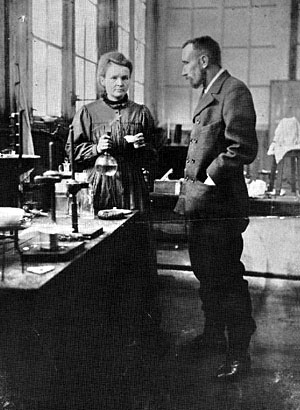
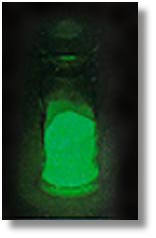
Through the course of her study, with the help of her husband Marie worked with thorium and discovered two other radioactive elements; radium, and polonium, an element named after her home country Poland. Marie and Pierre published a paper in 1898 on their discovery of polonium and in 1903 completed her doctoral thesis on this work. She became the first woman award a doctorate in France and in that year the Curies was awarded the Nobel Prize in Physics for their work on radioactivity. Three years later tragedy struck. On April 19, 1906, while crossing a muddy road Pierre slipped and his head was run over by a horse carriage. He was killed instantly and as a result of his death Marie became the first woman to hold the position of professor at the University of Paris filling the position of her husband. Marie was awarded the 1911 Nobel Prize in Chemistry for her discovery of radium and polonium. She became the first person to receive two Nobel Prizes for two different categories. After receiving her second Nobel Prize Marie persuaded the French government to provide funding for a new building to conduct research in chemistry, physics and medicine. The Radium Institute was built in 1914 a few months before Germany bombed Paris at the beginning of World War I.
During the war years she developed a method to bring x-ray units to surgeons on the battlefield since she knew they would be useful in locating bullets and shrapnel in wounded soldiers. She installed x-ray units in twenty vans with the help of a military doctor and her daughter Irene to put her plan into action on the battlefield. Her mobile units were so successful in saving lives on the battlefield she became the Director of the Red Cross Radiology Service.
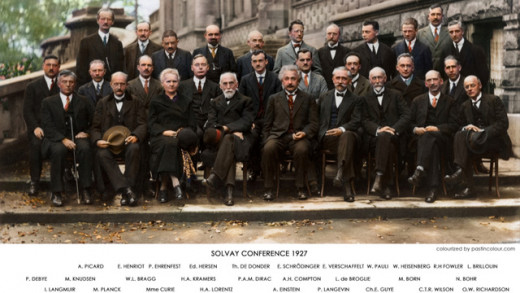
Her Final Years
After the war Marie continued to work with the Radium Institute by securing funding for the institute from various sources. She travel to several European countries and Brazil, and eventually made one important trip to the United States in 1921 to receive one gram of radium from President Warren G. Harding. She made a second trip to the U.S. in 1929 to receive more radium for the Warsaw Radium Institute in her home country which was opened in 1932 with her sister Bronya as director.
Marie made her final trip to Poland in 1934 and in that same year on July 4th in Savoy, France she died from aplastic anemia, a condition where the bone marrow does not produce sufficient amounts of white blood cells, red blood cells and platelets. Unfortunately, no one knew at the time how hazardous radioactivity and x-rays were to the body. She paid the ultimate price to become the first well-known female scientist in a predominantly man profession while unknowingly exposing herself to so much radiation while during her years of research with radioactivity. Marie and Pierre are buried in the Pantheon, Paris. She is the only woman buried there.
© 2012 Melvin Porter


